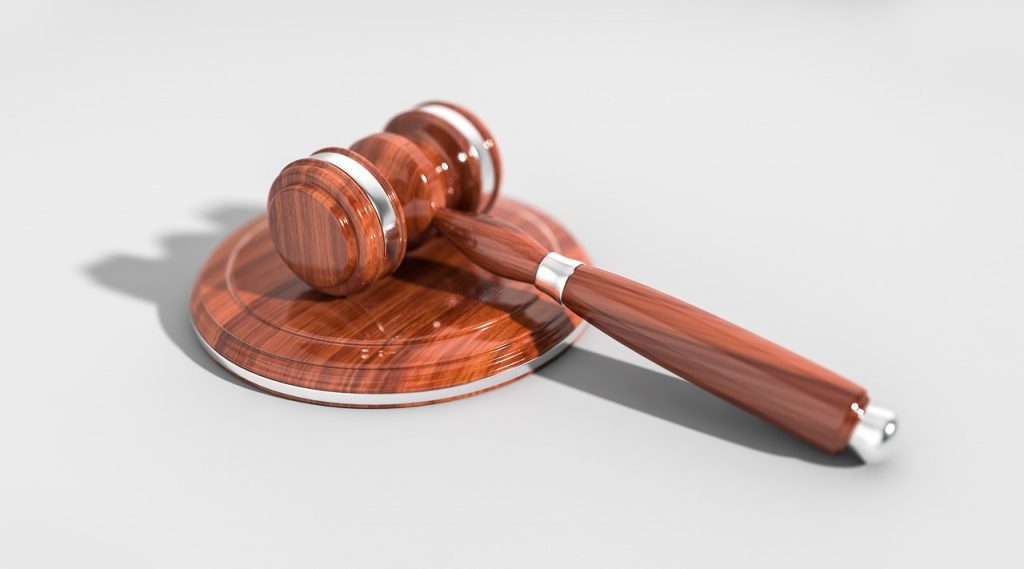Published On: 13th August 2025
In the highly connected world of today, your brand is no longer a name or a symbol—underpinned by trust, reputation, and emotional connection with your audience. Every product you introduce to market, every service you offer, and every marketing message you communicate is designed to substantiate your brand’s value. But in the absence of legal protection, that value is vulnerable to copying, misappropriation, and outright theft.
One of the most effective ways to safeguard your brand is through trademark registration. Think of it as locking the front door to your business’s identity—without it, you’re essentially leaving the door wide open for competitors and opportunists.
What Is a Trademark?
A trademark is a legally recognized sign, design, or expression that distinguishes your products or services from those of others. It can include:
- Brand names (e.g., “Nike”)
- Logos (bitten apple for Apple)
- Slogans (e.g., “Just Do It”)
- Unique product packaging
Even unusual sounds or colors in a few locations
When you register a mark, you gain exclusive rights to use it in connection with your goods or services within the registration jurisdiction. That is, no one else can use something confusingly similar without incurring legal penalties.
Why Trademark Registration Is Critical to Protecting Your Brand
While most businesses take for granted that mere “use” of a name will be enough rights, unregistered marks are weakly protected and difficult to enforce. Trademark registration offers a set of levels of protection that makes it your brand’s first line of defense.
- Legal Ownership and Exclusive Rights
A registered trademark gives you the legal assumption that you are the actual owner of the mark in the registered class and area. When anyone tries to copy your brand name or logo, your registration is solid proof in your favor.
- Keeping Copycats at Bay
When your mark is on the public register, others can see it too. That will deter would-be infringers from attempting to use a copycat brand, as they’ll be aware that your mark is registered.
- Greater Enforcement Tools
Without registration, it’s typically a question of demonstrating prior use, which takes time and money. With registration, you have an open-and-shut case. You can send cease-and-desist letters, ask for infringing products to be removed from marketplaces, and even work with customs officials to keep counterfeit copies out at the borders.
- Brand Value and Business Growth
Trademarks are a business asset, not just a legal document. A registered mark makes your business more valuable, making you a more attractive investment, partner, and takeover target. It can even be licensed or franchised out for additional income.
- International Protection Opportunities
If you are planning to open operations overseas, an at-home registered trademark can form the foundation for securing protection abroad through treaties like the Madrid Protocol.
Common Misconceptions About Trademarks
Even significant, trademarks are typically misunderstood by the majority of business individuals. Allow us to dispel the following myths:
- “I registered my business name, so I’m safe.”
Business name registration and trademark registration are two entirely different things. Business name registration will entitle you to trade under the name—it won’t stop other people from trading under it.
- “I have a domain name, so I’m secure.”
A domain name is not trademark rights. Someone else can still call a product or service the same one if you have not registered the mark.
- “Small businesses don’t need trademarks.”
In fact, small businesses are the most vulnerable to brand theft because they cannot afford lengthy court battles without a registered mark.
The Trademark Registration Process: Step-by-Step
Procedures vary by country, but the general process is:
Trademark Search – Ensure your desired mark is not in use or quite similar to an existing one in use.
Application Filing – Submit the required forms, specimens, and fees to the relevant trademark office.
Examination – The office reviews your application for compliance and conflicts.
Publication – Your mark is published in the official gazette for opposition by third parties.
Registration – In the absence of oppositions or objections, your trademark is officially registered.
A trademark lawyer can make it easier, cut down on errors, and enhance your chances of success.
Keeping and Enforcing Your Trademark
Registration isn’t the end—just the start of ongoing brand management. Trademarks need to be renewed every several years (different jurisdictions vary), and you have to actually use the mark in commerce in order to keep it alive.
Ongoing monitoring is also essential. Keep an eye on marketplaces, online listings, and new business filings to spot potential infringements early. Many companies use professional monitoring services for this purpose.
The Cost of Not Registering Your Trademark
Failing to register your trademark can lead to:
- Lost market share if a competitor uses a similar name
- Brand confusion among your customers
- Expensive rebranding if you’re forced to change your name or logo
Your brand is one of your most valuable business assets, and trademark registration is a direct investment in its protection. It not only saves you from legal problems—it saves the trust, recognition, and goodwill you’ve developed with your customers.
You cannot leave your identity open to attacks in the competitive arena of business. Get trademark registered early, guard it, and let it be the foundation of your brand protection strategy.




